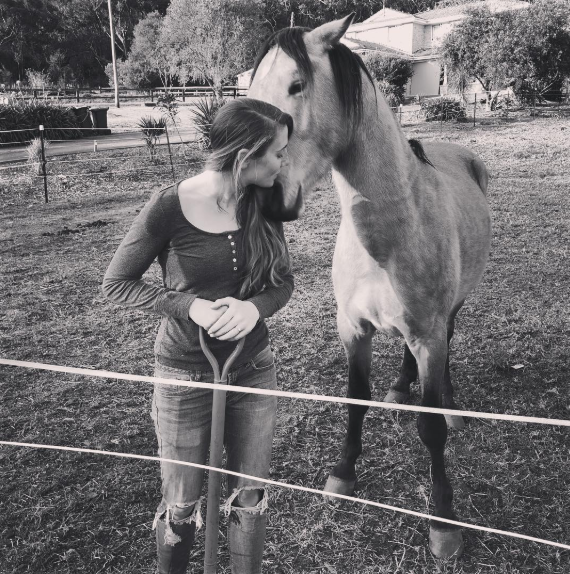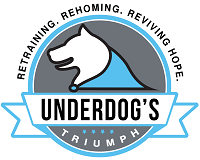Unless someone like you cares a whole awful lot,
Nothing is going to get better.
It’s not.
~ The Lorax (Dr. Seuss)
We’re going to take a break from doggios for this week and look at a brumby stallion. What? Have I gone crazy? What the heck is a Brumby? Well read on!
A Brumby stallion is a term in Australia for a wild or feral un-neutered male horse. In Australia these wild, roaming horses are considered pests as they destroy and eat the native ecosystem. The government of Australia has been struggling to determine what to do about all these feral horses having performed mass cullings semi-recently to reduce population. They have also attempted a few times to move larger herds with some sterilization to other areas less intrusive areas but without much success.
Organizations like the The Guy Fawkes Heritage Horse Association are stepping up in order to rehome and relocate these horses in the hopes that mass cullings like the one from 2000 will never be needed again. However, as you can imagine, few people want to take on the challenge of adopting a wild, feral horse – let alone a stallion. They can be dangerous when frightened or scared and their size greatly out-masses their human caretakers.
As you see in the dog training community, the horse training community too struggles with adoption of modern methods. Old time training methods or “traditional” methods includes “breaking” a horse using aversive (painful) methods and tools to “break” the spirit of a horse and force them to obey their new human owners. The goal of the aversive training was to get the wild “rebellious” nature of out a horse and transform them into an obedient, mild mannered domesticated horse. Just like with dog trainers,there are those horse trainers who remain in the dark ages using tools that inflict fear and pain to control the wild tendencies of these creatures and then there are those who have become educated in the ways of learning theory, behavioral study and positive training methods.
A few weeks ago, I stumbled across a blog about a four year old wild, feral Brumby stallion named Lumos who was adopted & rescued by a young lady name Jaclyn. Jaclyn is a dog trainer by trade and runs the “The Dog Nose” dog training and behavior facility in Australia. She had always wanted to adopt a horse, instead of buying one, and was looking forward to earning this spunky Lumos’ trust throughout the coming months as she introduced him, using positive training methods, to the modern world.
I’m always impressed with how quickly animals, of any species, respond to positive training methods. When we treat these magnificent creatures with respect they deserve, they in turn reflect that trust and respect back onto us. By listening and respecting their body language, we can show them that we will never ask them to do anything they are uncomfortable with and that if they work with us they will be rewarded for their efforts. By doing so, within just seven days, Mr. Lumos was happily eating right from Jaclyn’s hand. She had earned his trust and he understood that she meant him no harm.
After the first week of training, seeing the positive bond that was forming, Jaclyn made a promise to Lumos:
I will never hit you, whip you, kick you, force you, chase you, scare you, pull you or hurt you. Your body is your body, and you will always have a choice.
You can say “yes,” and you can always say “no,” and I will always listen.
I am beyond excited to see you progress, and I cannot wait to reach milestones with you,
like when you let me pat you, and ride you!
If you are interested in following Lumos’ journey and see many of the wonderful positive, force free training methods Jaclyn uses to teach Lumos the skills he will need in the modern world, please give their facebook page a like: https://www.facebook.com/Lumosthegoldenbrumby/ and continue to be impressed with their amazing journey together. I know I sure am!

